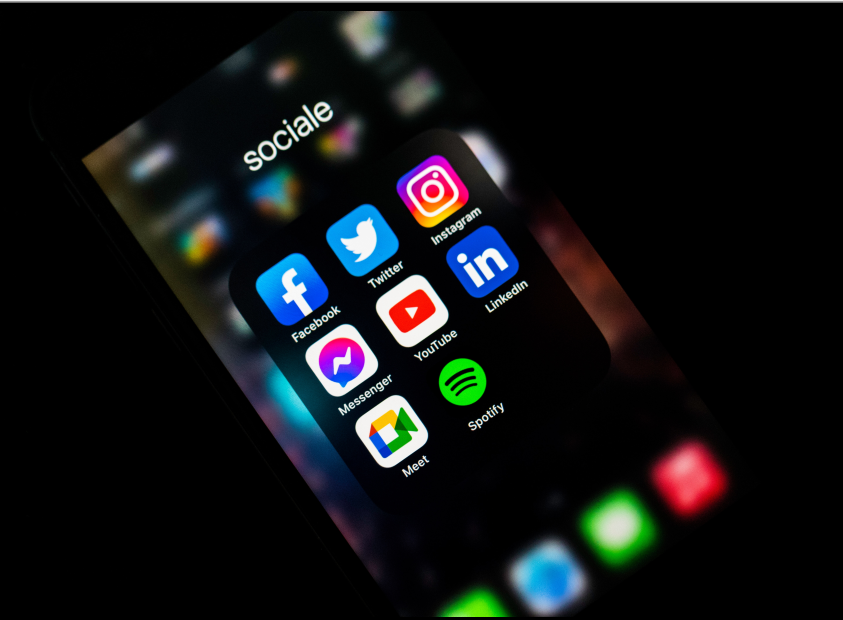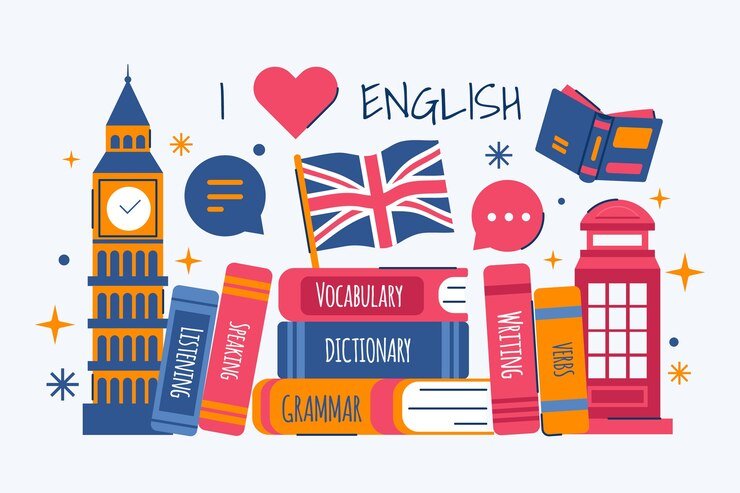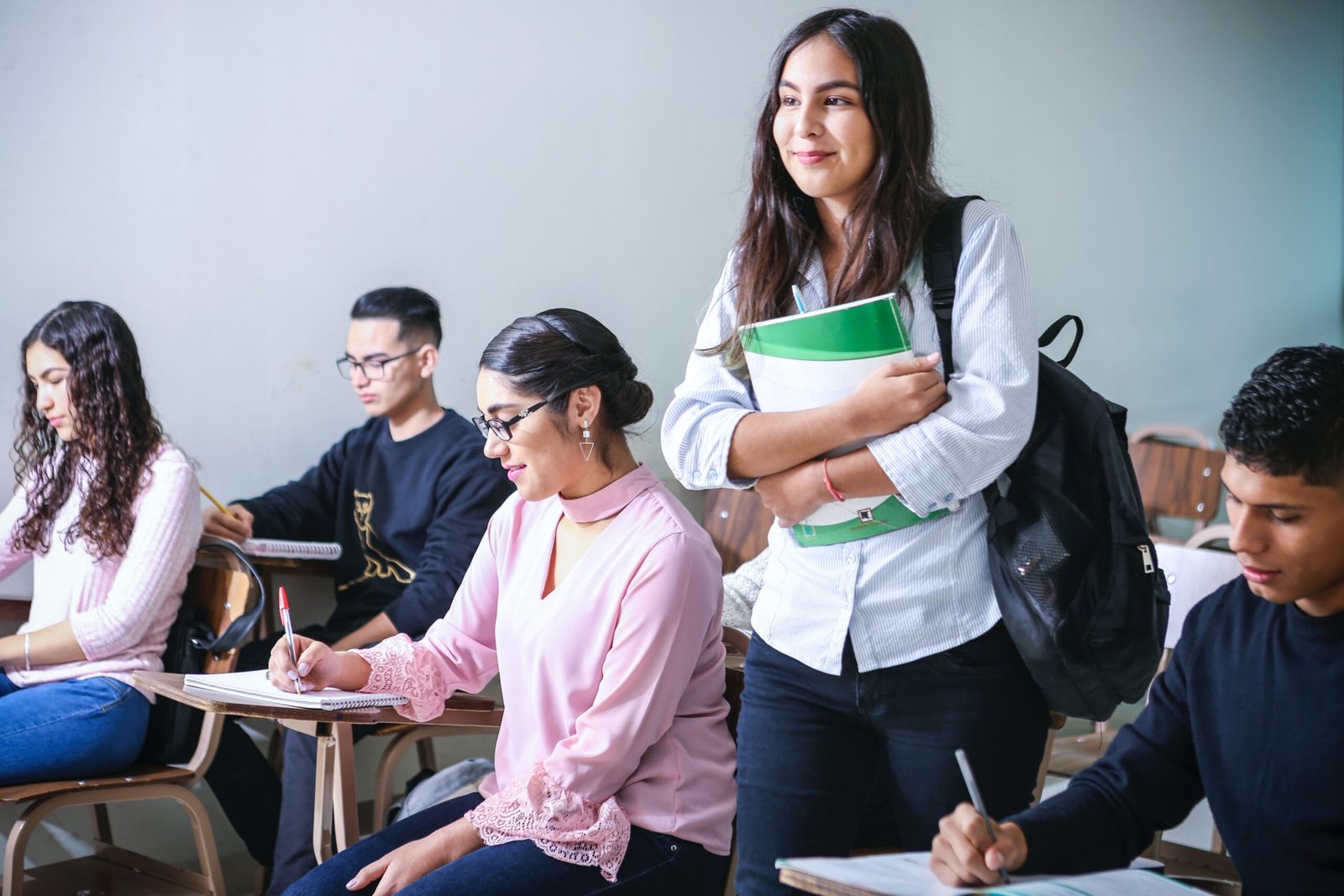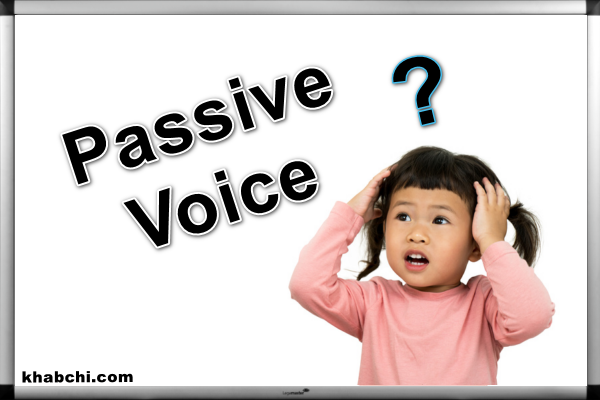Technology and Education: Empowering Students for the Future

The integration of technology in education has transformed the way we teach and learn. From digital textbooks and online courses to interactive whiteboards and educational apps, technology has opened up new opportunities for students to access knowledge and develop skills. In this article, we will explore the ways technology is empowering students for the future.
Enhanced learning experiences
Technology has made learning more engaging and interactive. With the help of multimedia tools such as videos, animations, and simulations, students can visualize complex concepts and understand them better. Virtual reality and augmented reality are also being used in classrooms to provide immersive learning experiences. For instance, students can take a virtual tour of historical sites, explore the human body in 3D, or simulate scientific experiments.
Personalized learning
Every student has unique learning needs and styles. Technology has made it possible to tailor education to individual needs. Adaptive learning systems can adjust the pace and difficulty of learning to match the student’s abilities. Personalized learning platforms can provide feedback and recommendations based on the student’s progress and interests. This helps students learn at their own pace and achieve their full potential.
Collaborative learning
Technology has made it easier for students to collaborate and work together on projects. Online discussion forums, shared documents, and video conferencing tools allow students to connect and communicate with their peers, regardless of their location. This enhances teamwork and communication skills, which are essential for success in the workplace.
Digital literacy
As technology becomes ubiquitous in our daily lives, digital literacy has become a critical skill for the 21st century. Students need to be proficient in using technology to communicate, collaborate, and solve problems. Integrating technology in education helps students develop these skills and prepares them for the future workforce.
Access to resources
Technology has made it possible for students to access a wealth of resources beyond their classroom walls. Online libraries, databases, and educational websites provide students with a vast amount of information and knowledge. This is particularly useful for students who do not have access to traditional resources or live in remote areas.
Conclusion
The integration of technology in education has transformed the way we teach and learn. It has opened up new opportunities for students to access knowledge, develop skills, and prepare for the future. From enhanced learning experiences to personalized learning, collaborative learning, digital literacy, and access to resources, technology is empowering students for the future. As we continue to embrace technology in education, it is essential to ensure that it is used ethically, responsibly, and inclusively.




















